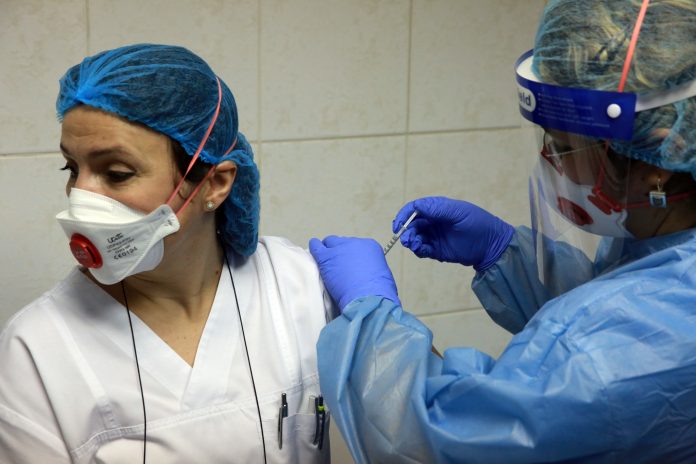Scientists at the University of California San Diego are developing COVID vaccines that can survive heat – using ideas from plants and bacteria
Fridge-free COVID vaccines would change vaccine access issues for the world – creating a way to work around lack of cold supply infrastructure in resource-poor communities. There is still a Currently, getting a vaccine is like a game of strategic moves for healthcare professionals, with the expiry date of the batch at the forefront of concerns.
A team of nanoengineers at the University of California San Diego are in the early stages of developing a vaccine candidate, which appears to be highly successful at generating antibodies in mice.
Nicole Steinmetz, a professor of nanoengineering and the director of the Center for Nano-ImmunoEngineering at the UC San Diego Jacobs School of Engineering, said: “What’s exciting about our vaccine technology is that is thermally stable, so it could easily reach places where setting up ultra-low temperature freezers, or having trucks drive around with these freezers, is not going to be possible.”
The scientists created two types of vaccine
The researchers created two COVID-19 vaccine candidates. One was made from a plant virus, called cowpea mosaic virus. The other was made from a bacterial virus, or bacteriophage, called Q beta.
Both vaccines were made using similar recipes.
The researchers used cowpea plants and E. coli bacteria to grow millions of copies of the plant virus and bacteriophage, respectively, in the form of ball-shaped nanoparticles. The researchers harvested these nanoparticles and then attached a small piece of the SARS-CoV-2 spike protein to the surface.
The finished products look like an infectious virus so the immune system can recognize them, but they are not infectious in animals and humans. The small piece of the spike protein attached to the surface is what stimulates the body to generate an immune response against the coronavirus.
“Imagine if vaccine patches could be sent”
“Imagine if vaccine patches could be sent to the mailboxes of our most vulnerable people, rather than having them leave their homes and risk exposure,” said Jon Pokorski, a professor of nanoengineering at the UC San Diego Jacobs School of Engineering, whose team developed the technology to make the implants and microneedle patches.
“If clinics could offer a one-dose implant to those who would have a really hard time making it out for their second shot, that would offer protection for more of the population and we could have a better chance at stemming transmission.”











